Ni-Cd Battery and NiMH batteries are amongst the toughest batteries to control. Whereas using lithium ion batteries and lead acid batteries it is possible to control overcharge by setting a max control voltage, the nickel based batteries do not have a"float charge" voltage. Hence that the charging relies on forcing current through the batterylife. The voltage to get this done isn't fixed in stone as it's for the additional batteries.
This Nickel Cadmium Battery makes these cells and batteries especially difficult to charge in parallel. This is because you can't be sure that each cell or pack is the same impedance (or resistance), and so some will take more current than others even when they are full. This means that you need to use a separate charging circuit for each string in a parallel pack, or balance the current in some other way, for example by using resistors of such a resistance that it will dominate the current control.
Ni-Cd Battery Pack Manufacturer tell you When the charge is complete oxygen begins being generated in the nickel electrode. This oxygen diffuses through the separator and responds with all the cadmium electrode to form cadmium hydroxide. This induces a lowering of the mobile voltage that may be employed to discover the conclusion of charge. This so-called minus delta V/ delta t bulge that's indicative of end-of-charge is not as conspicuous in NiMH than NiCad, also it's extremely temperature dependent.
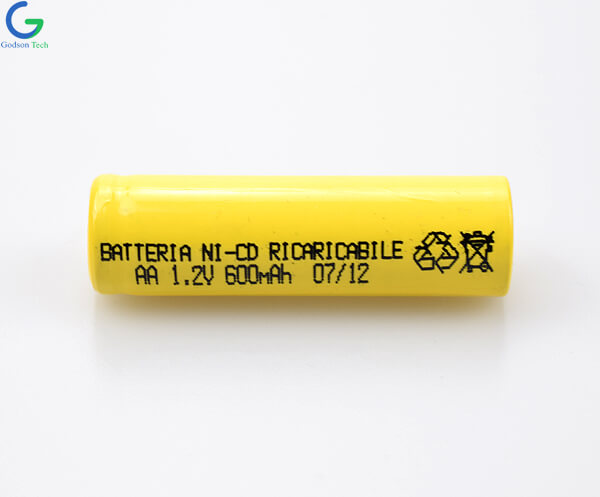

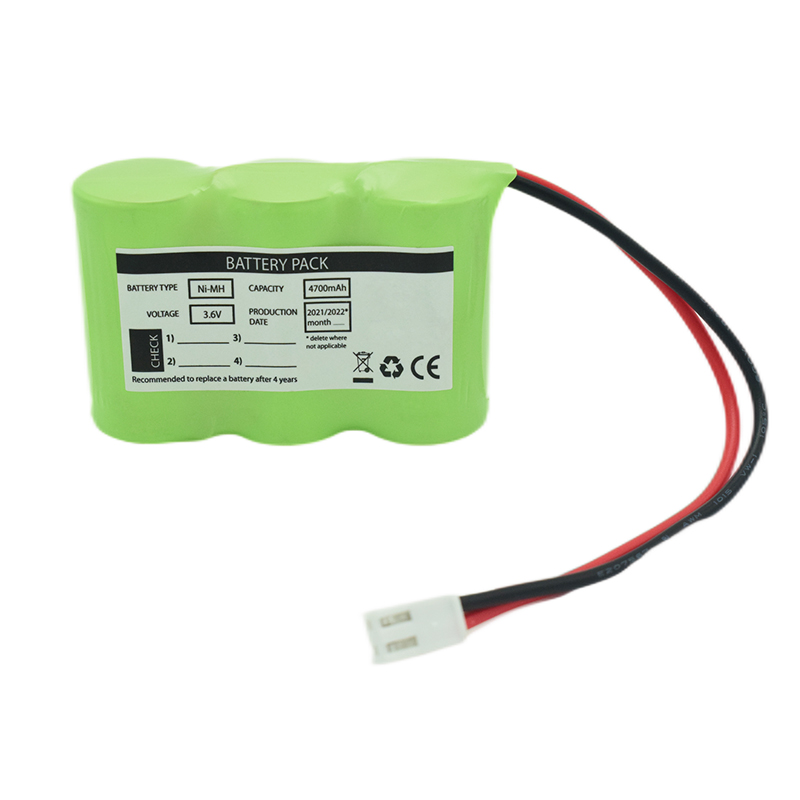 Ni-MH Battery C4700mAh 3.6V
Ni-MH Battery C4700mAh 3.6V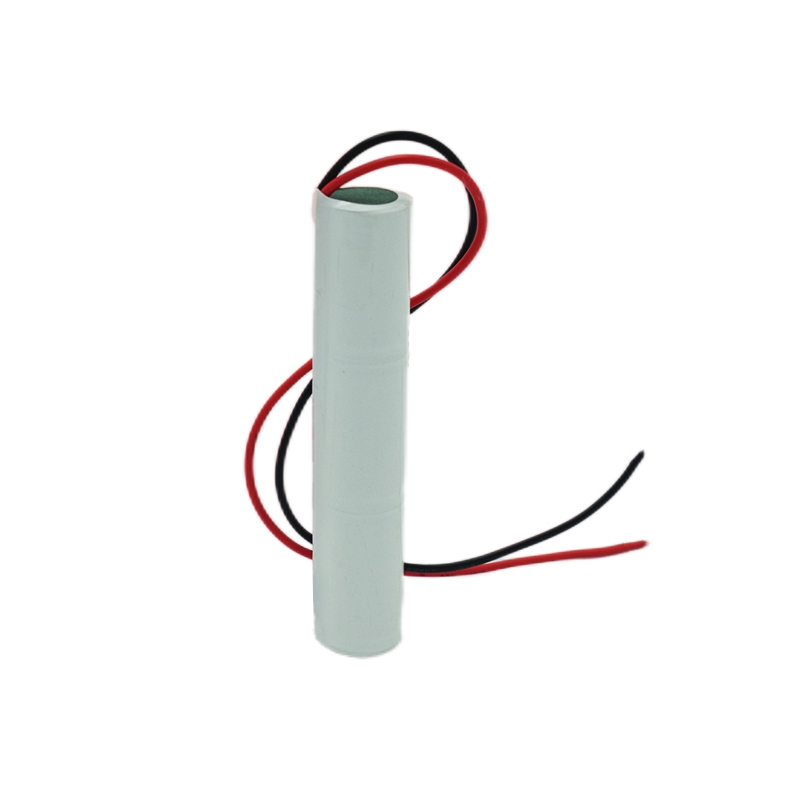 Nickel Cadmium Nicd Battery Pack SC1800mAh 3.6V
Nickel Cadmium Nicd Battery Pack SC1800mAh 3.6V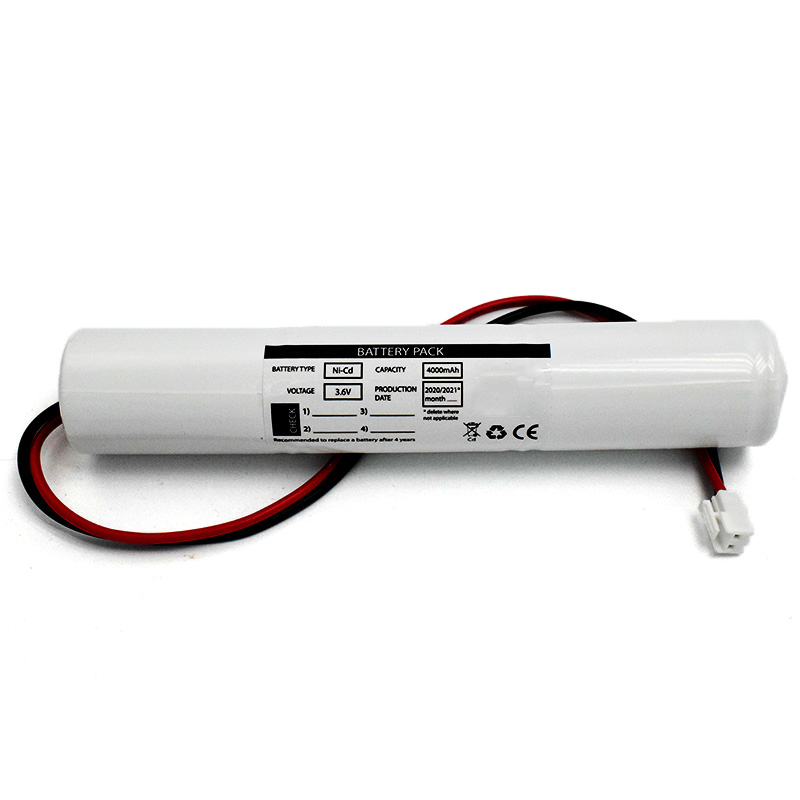 Ni-Cd Battery Pack D4000mAh 3.6V
Ni-Cd Battery Pack D4000mAh 3.6V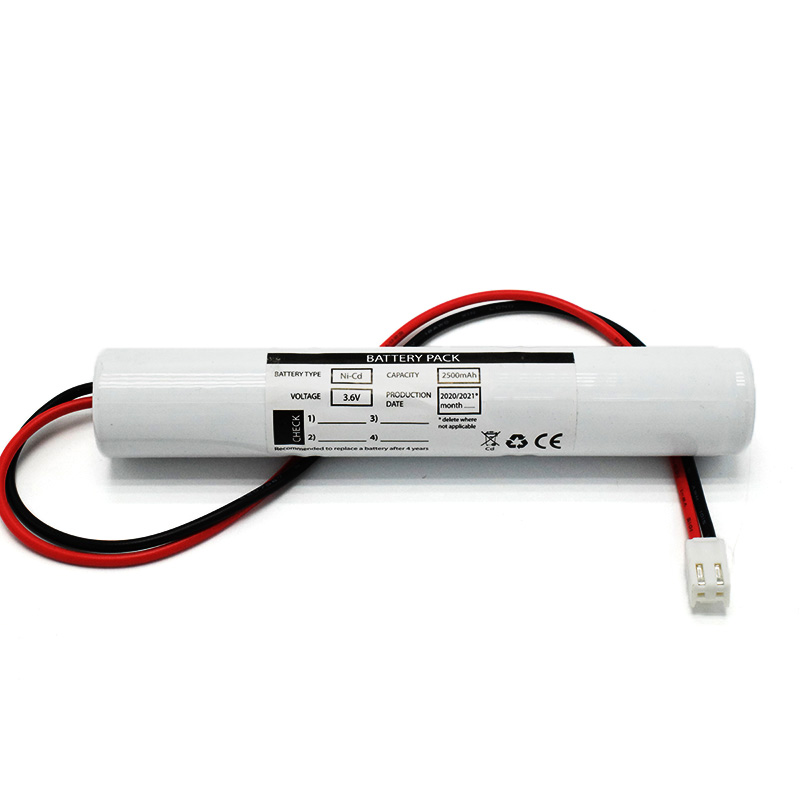 Ni-Cd Battery Pack C2500mAh 3.6V
Ni-Cd Battery Pack C2500mAh 3.6V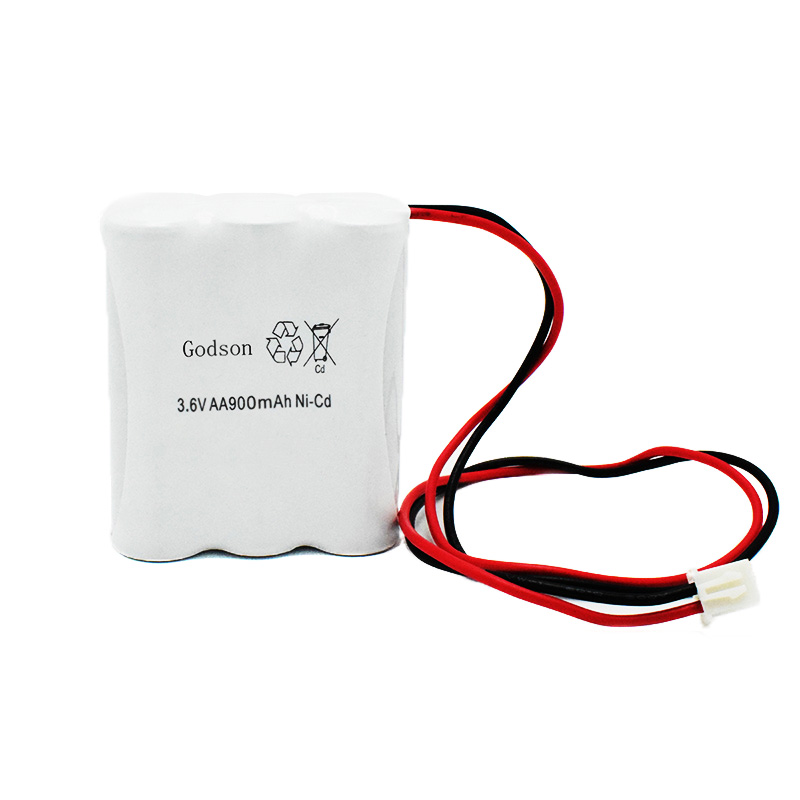 NICAD Battery Pack AA900mAh 3.6V
NICAD Battery Pack AA900mAh 3.6V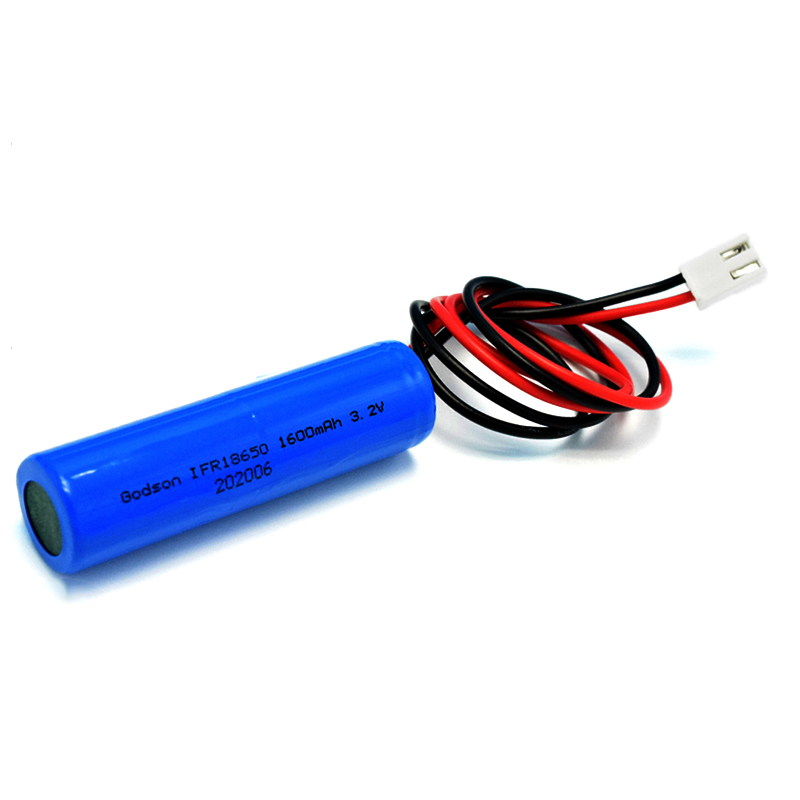 LiFePO4 IFR18650 1600mAh 3.2V
LiFePO4 IFR18650 1600mAh 3.2V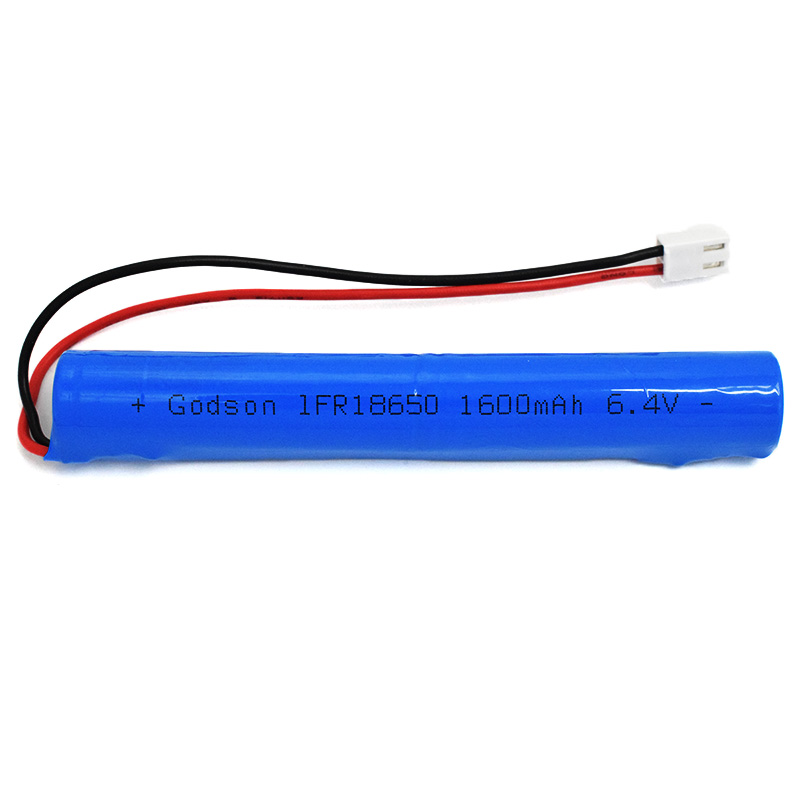 LiFePO4 IFR18650 1600mAh 6.4V
LiFePO4 IFR18650 1600mAh 6.4V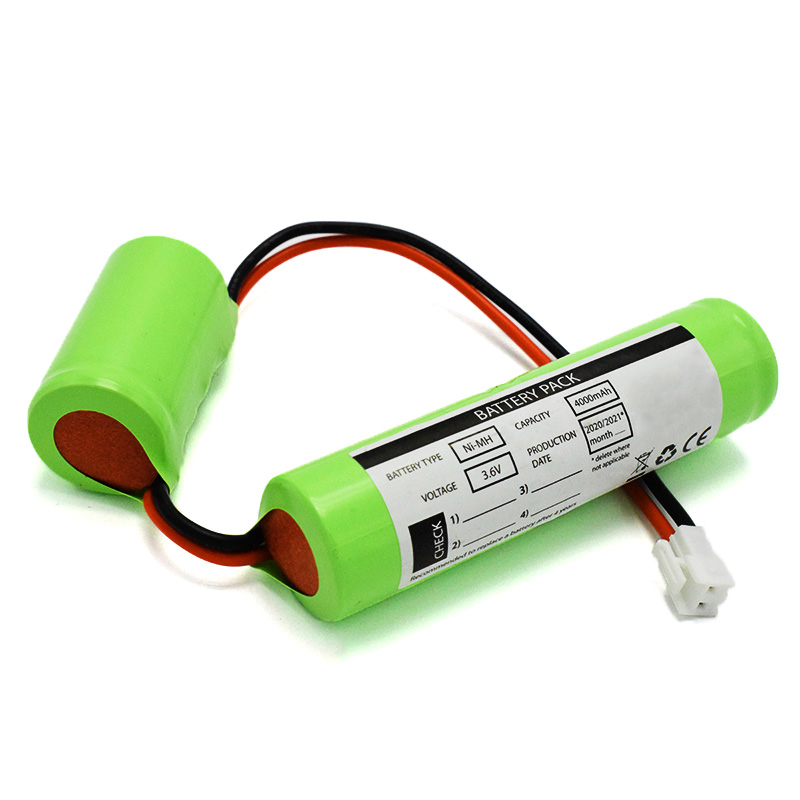 Ni-MH Battery C4000mAh 3.6V
Ni-MH Battery C4000mAh 3.6V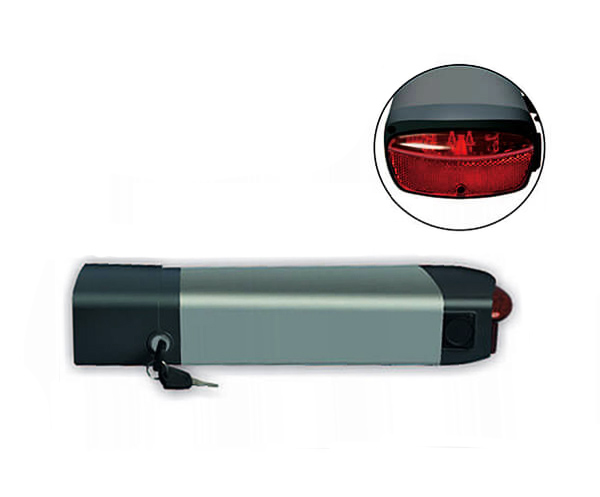 E-bike Battery 48V 10Ah JL-1
E-bike Battery 48V 10Ah JL-1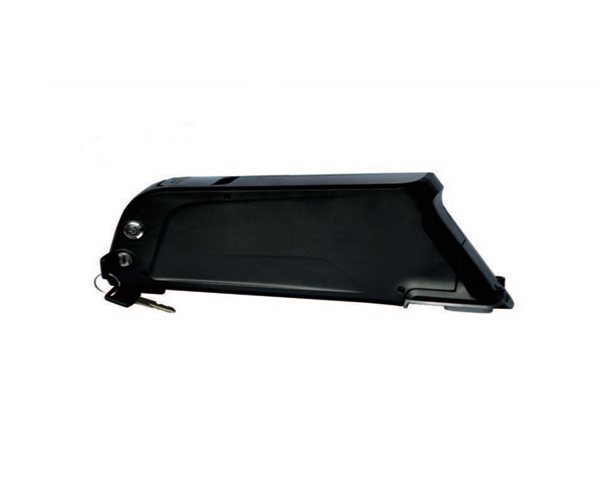 E-bike battery 48V 10Ah Qing Tian
E-bike battery 48V 10Ah Qing Tian